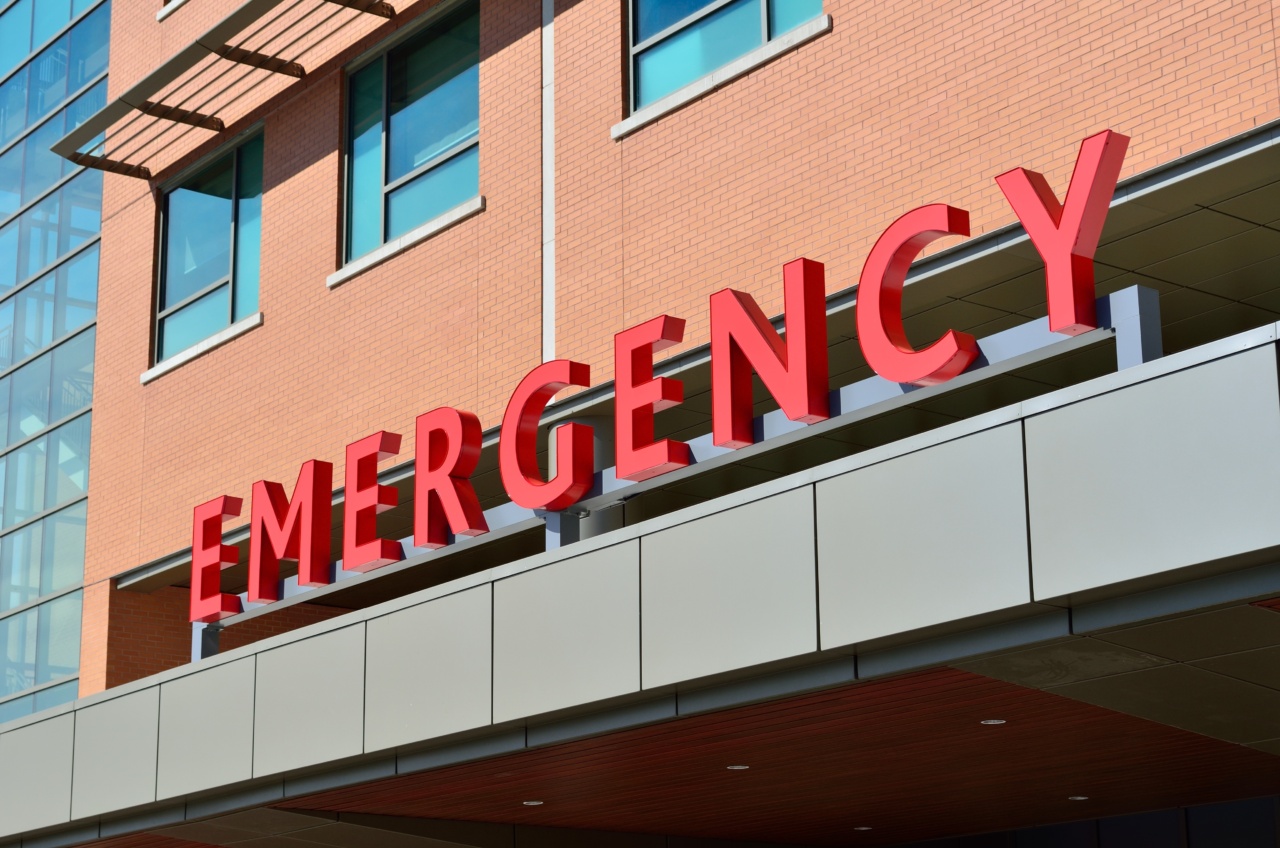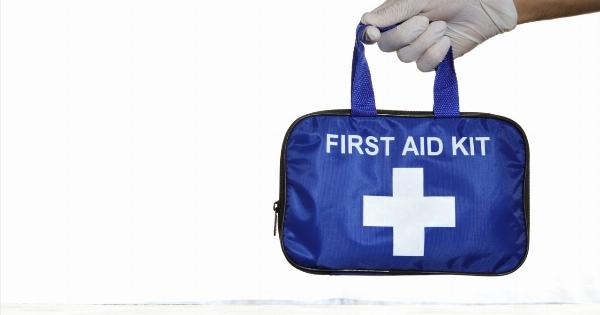Urological emergencies can be life-threatening, and one such condition that requires immediate medical attention is testicular torsion. Testicular torsion occurs when a testicle rotates, twisting the spermatic cord that brings blood to the scrotum.
This condition can significantly impair blood flow and cause severe pain. It is essential to recognize the signs and symptoms of testicular torsion to ensure prompt diagnosis and treatment, as any delay can lead to irreversible damage and loss of the affected testicle.
Understanding Testicular Torsion
The testicles, also known as testes, are the male reproductive organs responsible for producing sperm and testosterone. They are housed in the scrotum, a sac-like structure that hangs below the penis.
Testicular torsion is a condition where the testicle rotates, causing the spermatic cord to twist. This twisting action reduces or cuts off the blood supply to the testicle, leading to ischemia (lack of blood flow) and subsequent tissue damage.
Recognizing the Signs and Symptoms
Testicular torsion often presents with sudden and severe testicular pain. The pain may also radiate to the lower abdomen or groin. Additional symptoms may include swelling, redness, and warmth of the scrotum.
Some individuals may experience nausea and vomiting, which can be attributed to the intense pain. It is crucial not to dismiss testicular pain or delay seeking medical attention, as prompt intervention is vital to saving the affected testicle.
Seeking Immediate Medical Attention
If testicular torsion is suspected, it is imperative to seek immediate medical attention. Delaying treatment can result in testicular death and loss.
Upon arrival at the emergency room, a healthcare provider will perform a physical examination, which typically involves evaluating the scrotal area, assessing for tenderness, and confirming any swelling or discoloration. Doppler ultrasonography may also be used to assess blood flow and aid in the diagnosis of testicular torsion.
Emergency Treatment Options
Early intervention is critical to saving the affected testicle. The primary goal of treatment is to restore blood flow to the testicle promptly.
The healthcare provider will manually attempt to untwist the spermatic cord through a procedure called detorsion. However, even if the testicle is successfully untwisted, further treatment is essential to prevent future episodes of torsion.
In some cases, surgery may be required to secure the testicle in place and prevent future rotation. This procedure, known as orchiopexy, involves fixing the testicle within the scrotum to minimize the risk of torsion recurrence.
Orchiopexy is typically performed on an outpatient basis and is considered a proactive measure to protect the testicles from future episodes of torsion.
Long-Term Implications and Follow-Up Care
Testicular torsion can have long-term implications even after successful treatment.
In some cases, despite immediate medical intervention, the affected testicle may experience permanent damage, leading to infertility or decreased testosterone production. Regular follow-up with a urologist is crucial to monitor any potential complications and ensure optimal testicular function.
Additionally, individuals who have experienced testicular torsion are often advised to take precautions to prevent future occurrences.
This may include avoiding trauma to the testicles, wearing protective gear during sports activities, and being mindful of any sudden onset of testicular pain or discomfort.
Prevalence and Risk Factors
Testicular torsion primarily affects males between the ages of 10 and 30, though it can occur at any age.
While the exact cause of testicular torsion remains unknown, several risk factors have been identified, including abnormal testicle fixation within the scrotum, a history of testicular torsion in the family, and prior episodes of torsion in the opposite testicle.
Conclusion
Testicular torsion is a urological emergency that requires immediate medical attention. Recognizing the signs and symptoms of testicular torsion is crucial to ensure prompt diagnosis and treatment.
Delaying intervention can result in long-term complications and the loss of a testicle. If testicular torsion is suspected, seeking immediate medical attention is of utmost importance.





























